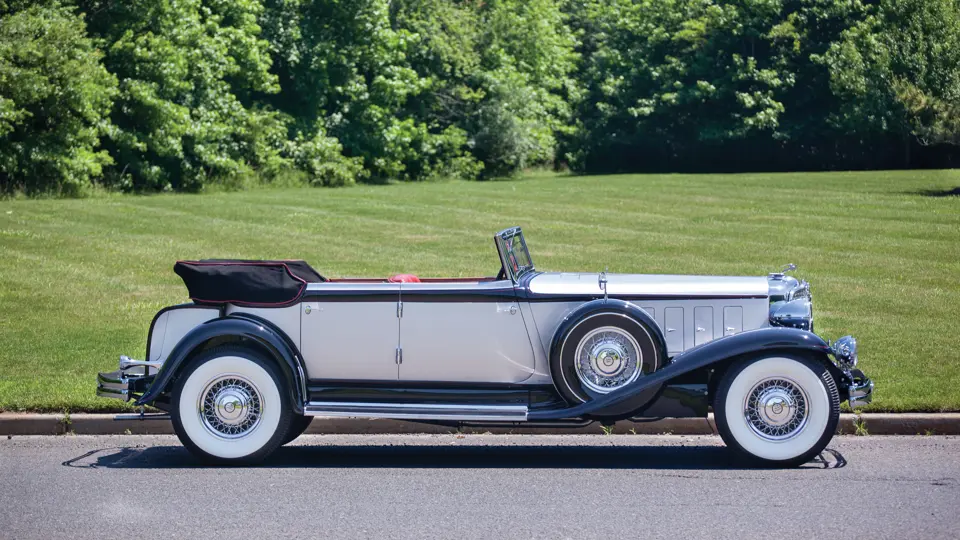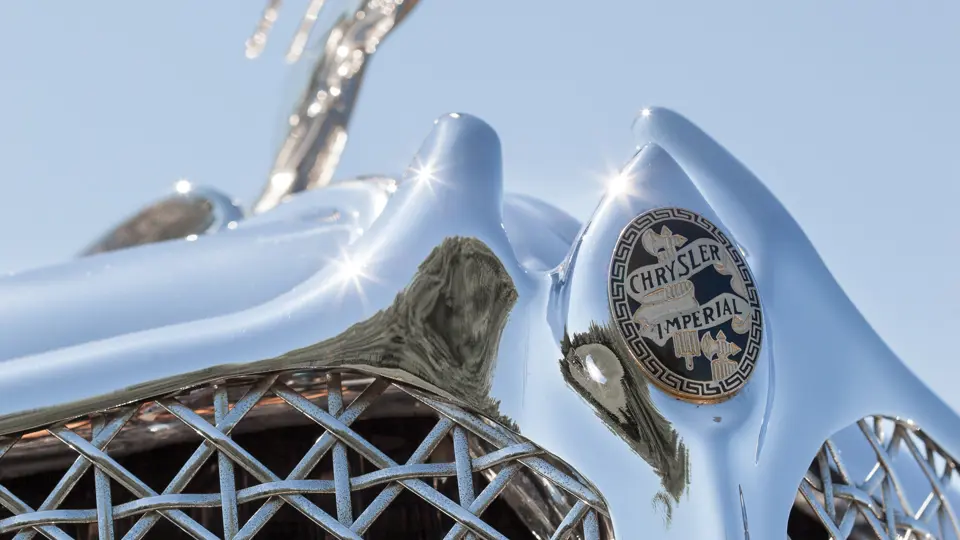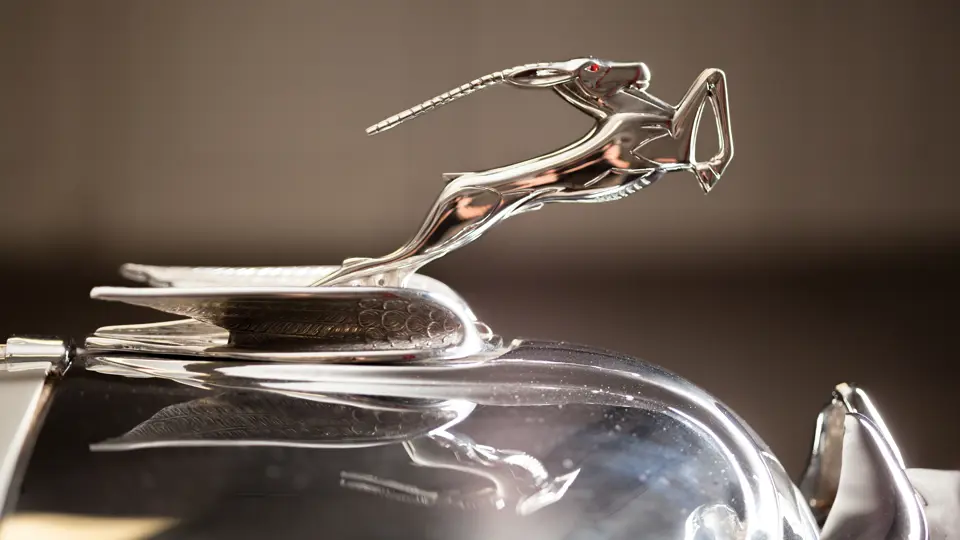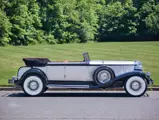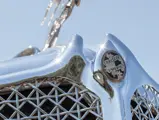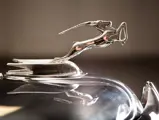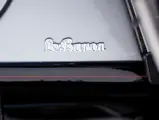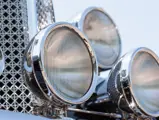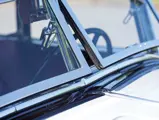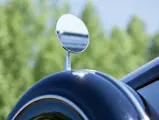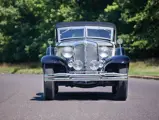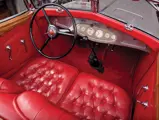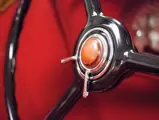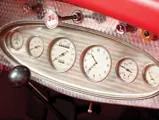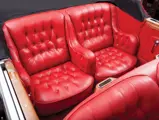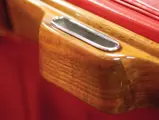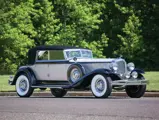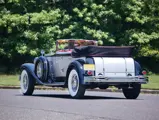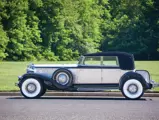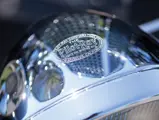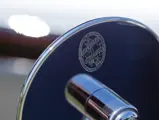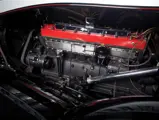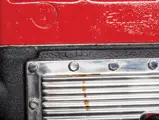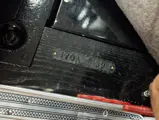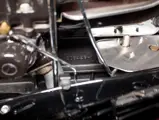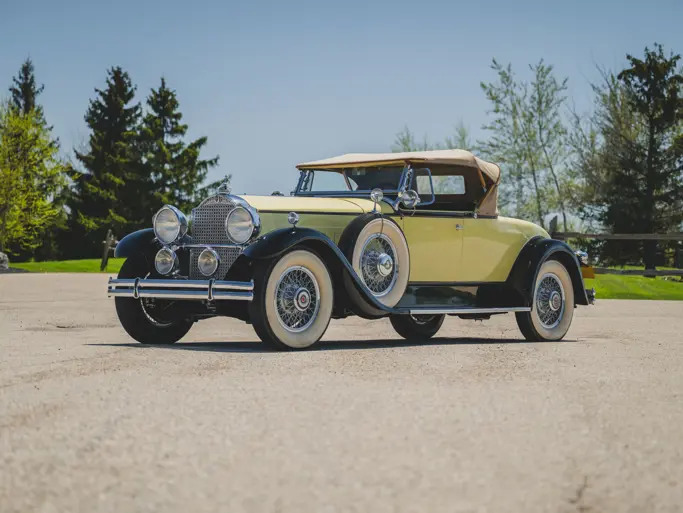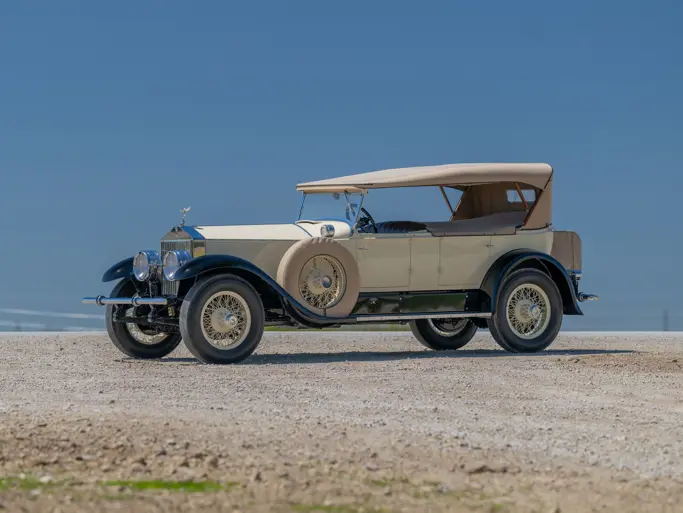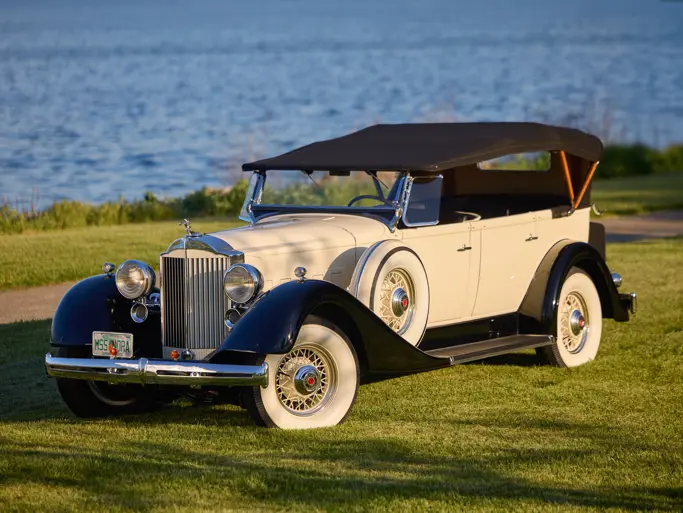
1932 Chrysler CL Imperial Convertible Sedan by LeBaron
{{lr.item.text}}
$429,000 USD | Sold
{{bidding.lot.reserveStatusFormatted}}
- Formerly owned and personally restored by marque specialist Joe Morgan
- One of 10 survivors; desirable “Red Head” high-compression cylinder head
- Decades of known history; documented by a copy of its build sheet
- A superb Full Classic Imperial
135 bhp, 385 cu. in. L-head inline eight-cylinder engine with a factory high-compression Red Head cylinder head, three-speed manual transmission with vacuum-operated clutch and freewheeling, solid-axle rear suspension with leaf springs, live-axle rear suspension with leaf springs, and four-wheel hydraulic drum brakes. Wheelbase: 146 in.
As Chrysler rolled into the 1931 calendar year, it mounted a serious assault on the fine-car market by presenting a more affordable luxury car that still offered bountiful styling and performance. With its long-wheelbase chassis, flowing fenders, and smart LeBaron-designed coachwork, the Imperial was among the most beautiful classics of its era. While its chassis and drivetrain were certainly conventional, the car was quick, with its 385-cubic inch, nine-main-bearing straight eight producing 125 horsepower.
For 1932, the original CG Imperial was refined into the CL, with enhanced front-end design, an extended hood with ventilation doors rather than louvered, and new bodies. Many of the bodies were “semi-custom” designs by LeBaron Carrossiers, the prestigious coachbuilding firm established in 1924 by Thomas Hibbard and Raymond Dietrich. By the time of the CL Imperial, the company was an imprint of Briggs, the large Detroit body firm, and was led by Ralph Roberts, an equally talented designer.
Unfortunately, by the time the Roberts-styled CL Imperial appeared in 1932, the fine-car market had all but disappeared. As a result, today these are among the most rare and desirable Chryslers of the era—just as they were when new.
The car offered here was the 39th of about 49 CL Imperial Convertible Sedans built in 1932, and it is one of only ten known survivors. According to the records of Imperial historian Dan Phenicie, it was originally delivered to Buffalo, New York, and has known ownership back to around the time of World War II, when it was owned by an Army colonel in New Jersey. The car remained in New Jersey for many years in the hands first of Charles Duvalle, of Belmar, and later with Jack Gassner, of Wall. Mr. Gassner acquired the car in 1955 and apparently took it apart for a restoration, work that was never completed at the time of his passing. It was sold at his estate sale in November 1995, disassembled but very complete, to well-known Imperial guru Joseph Morgan, of Windham, New Hampshire.
Mr. Morgan is known for his exhaustive, in-depth knowledge of 1930s Imperials, and he has owned numerous fine examples, many of which he has exhaustively restored to the highest standards of authenticity and accuracy. He restored the car in its original color combination of Gunmetal Gray over Black (code 802), after which it was acquired by Jarvis Barton, of Portland, Connecticut. In Mr. Barton’s ownership, the car was shown extensively in AACA competition, achieving Senior Grand National First Prize status in 2002.
Following Mr. Barton’s passing, the car was acquired by its present owner, a well-known East Coast collector. In nearly a decade of well-maintained, conscientious ownership, the Chrysler has been shown at both the Amelia Island Concours, where it won a special award, and the Pebble Beach Concours d’Elegance in 2007. It was winner of the Sponsor’s Choice award at the 2011 Boca Raton Concours d’Elegance.
Importantly, the car retains an original high-compression cylinder head, known as a Red Head for its distinctive color, as well as its original engine number stamping and the original body number tag. It is offered with a history file, including Mr. Phenicie and Mr. Morgan’s histories of the car, documentation of several previous owners, photographs from the Morgan restoration, receipts from more recent detailing and concours preparation, and, importantly, copies of its original build sheet.
Restored, owned, and maintained by knowledgeable enthusiasts, with decades of known history and peerless authenticity, this is a wonderful CL Imperial deserving of a place in the finest collection of Full Classics.

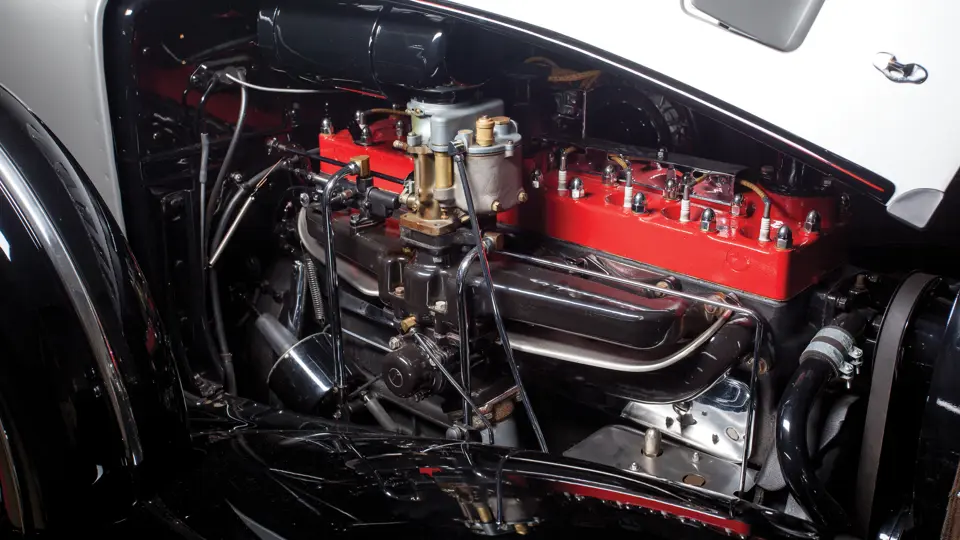



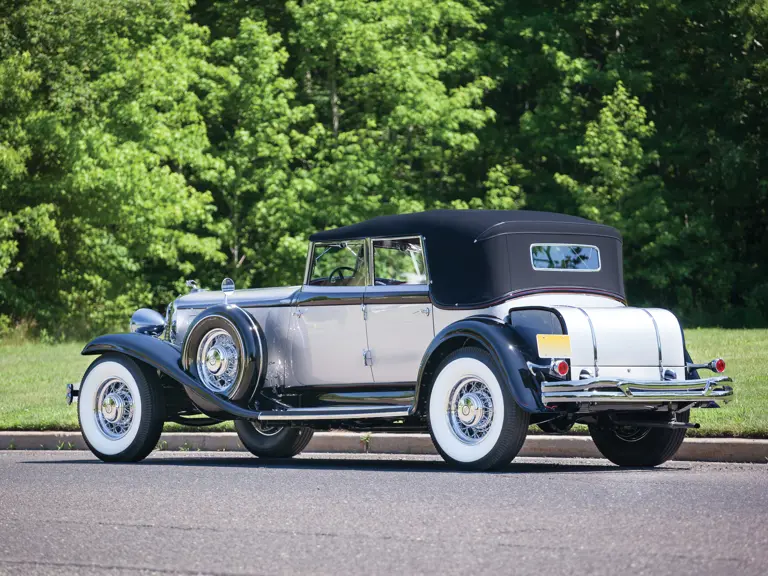
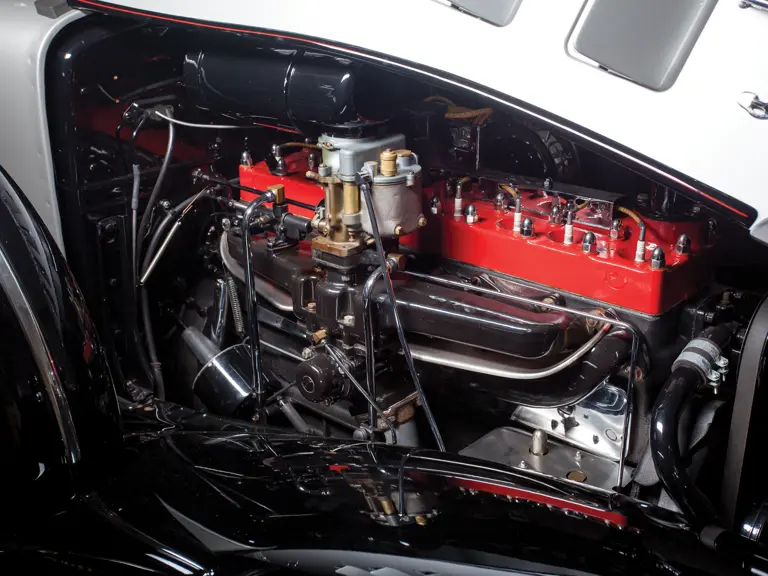

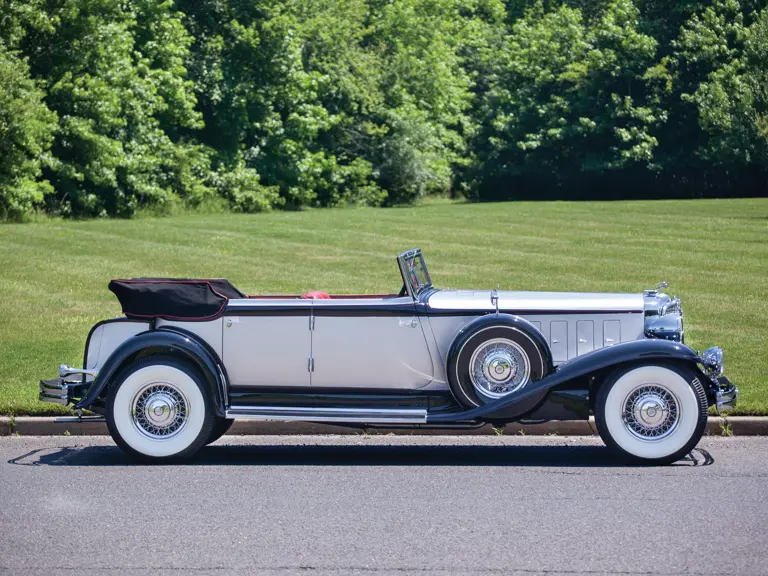
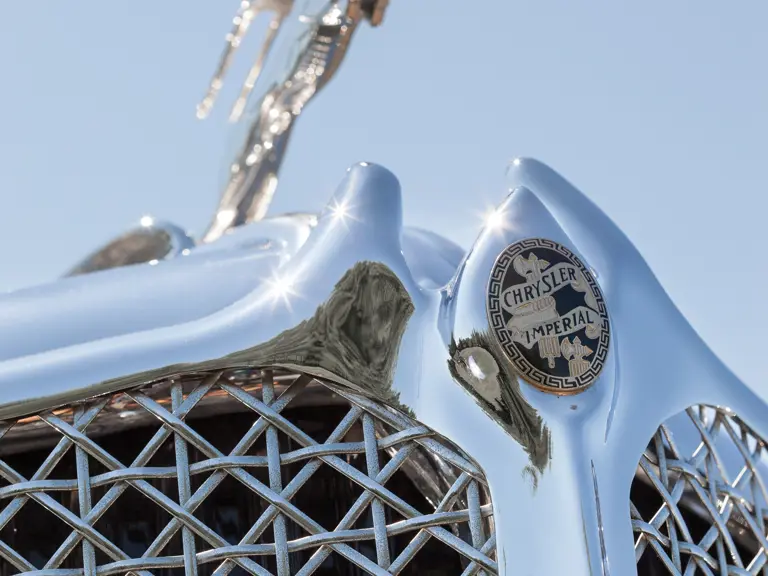
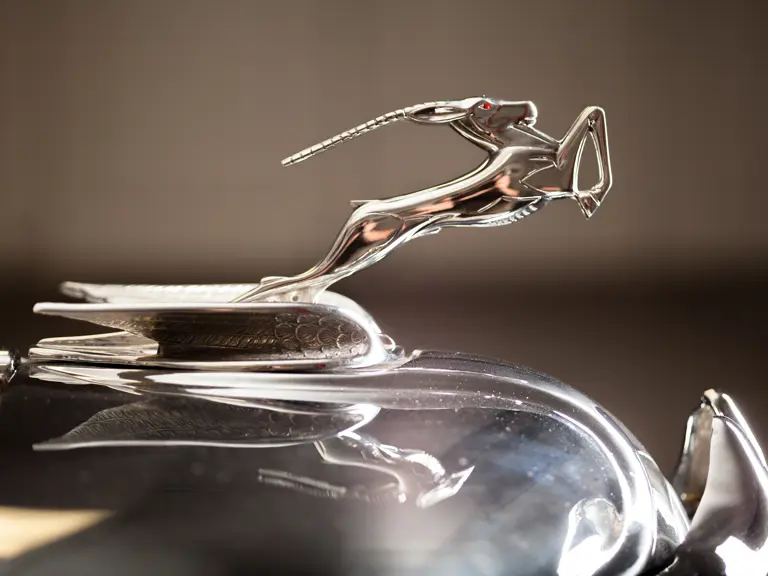
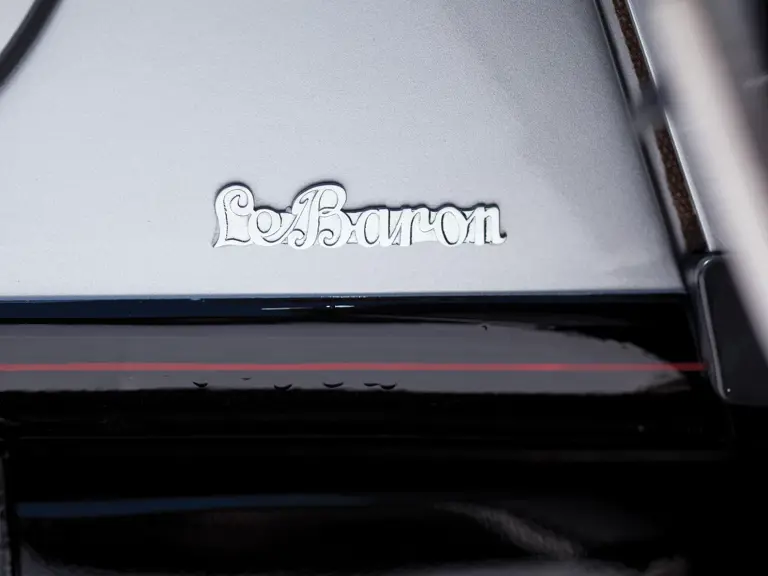
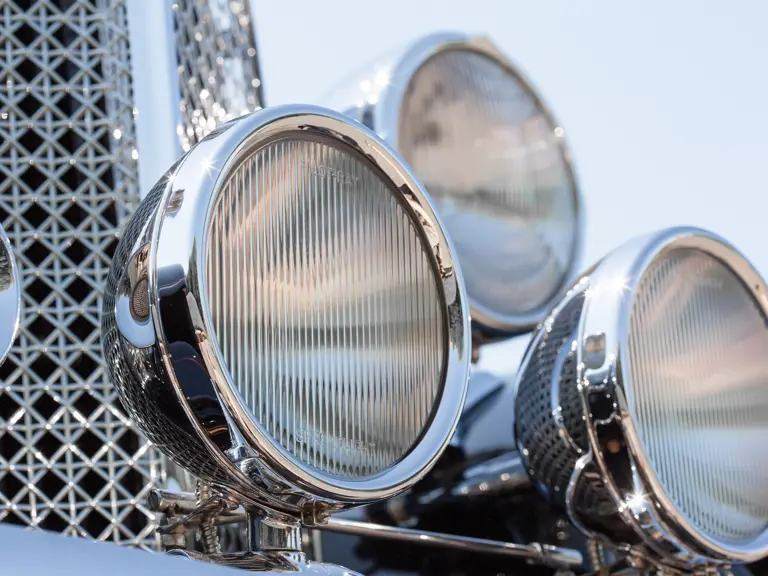

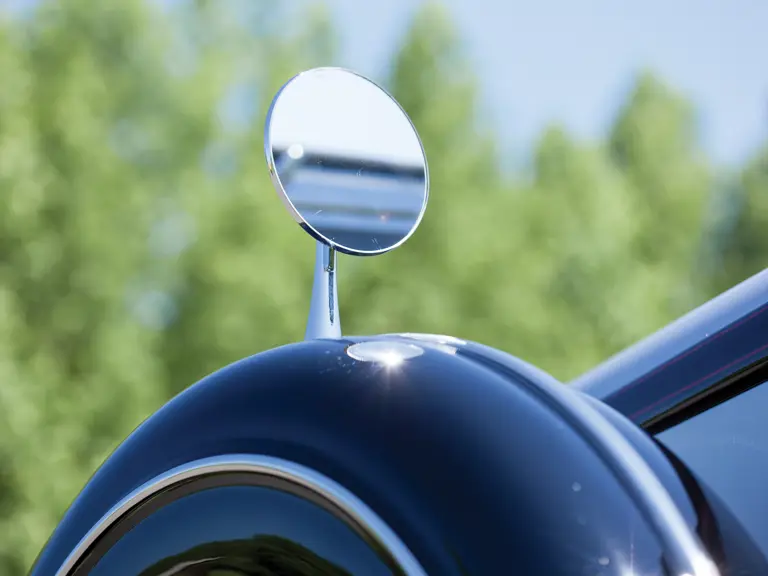
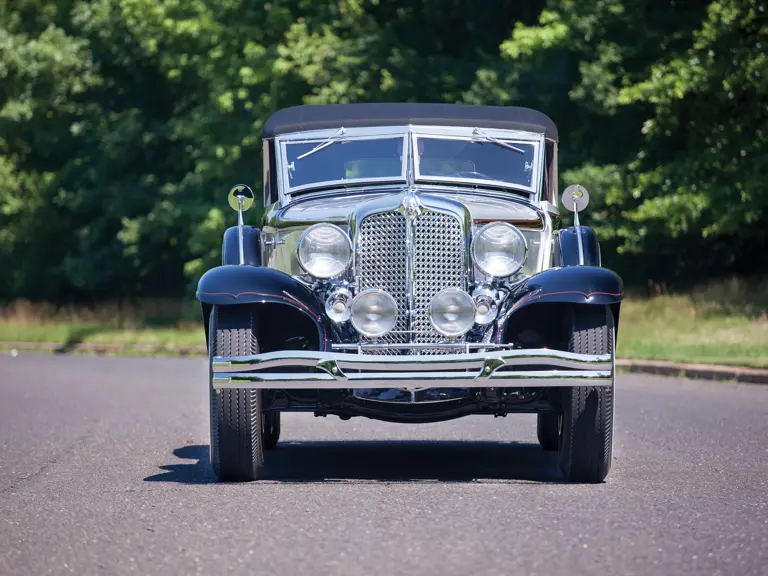
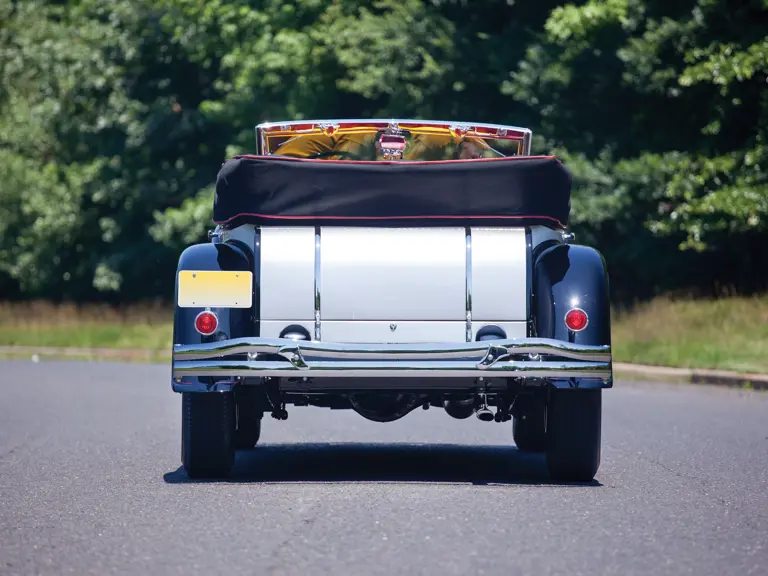
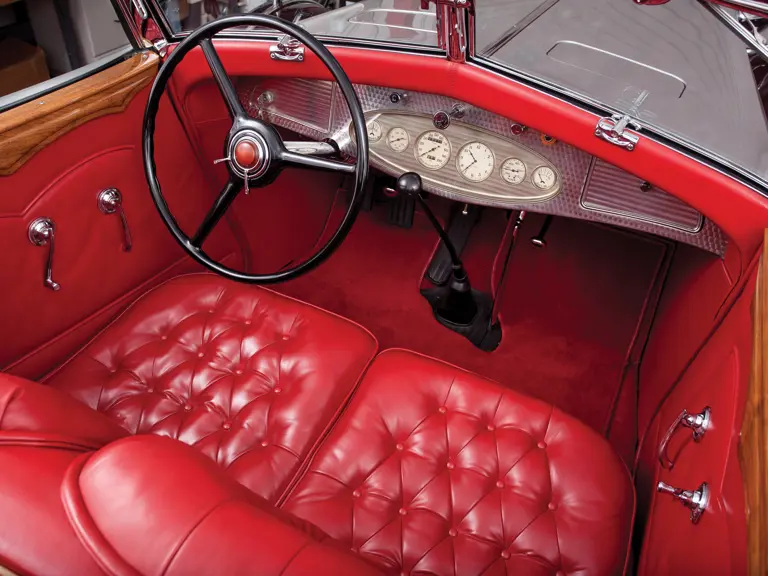
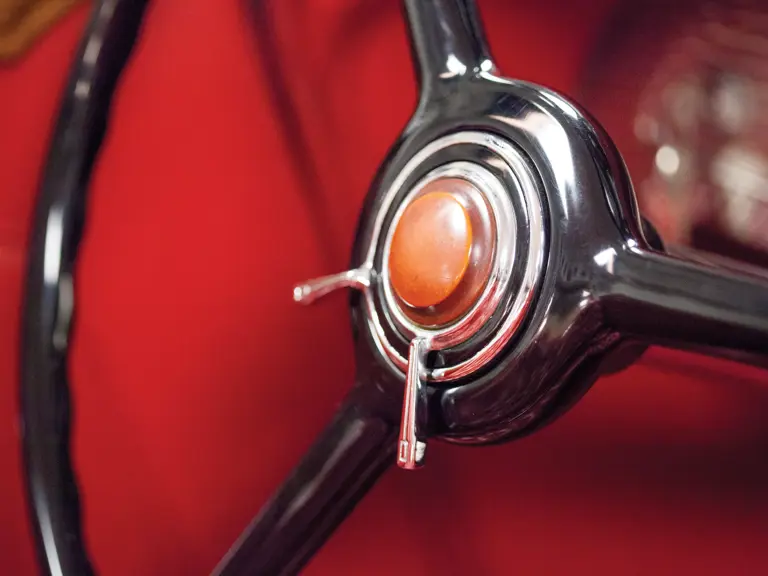
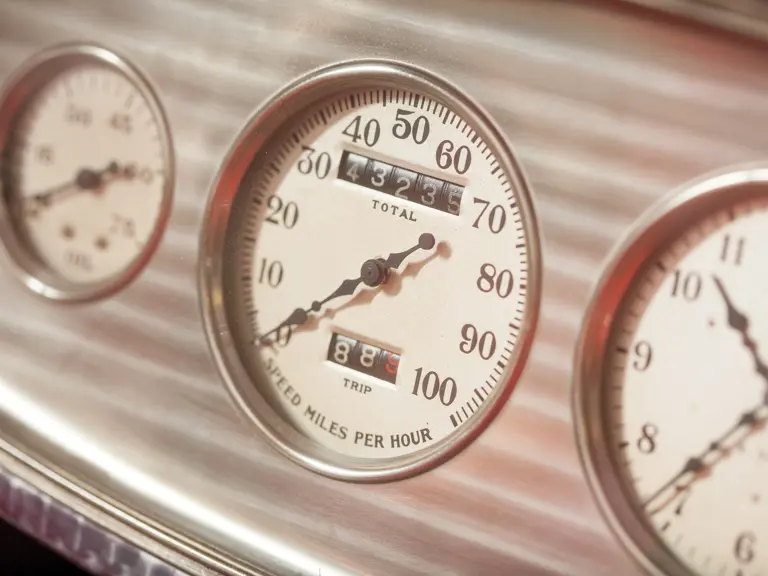
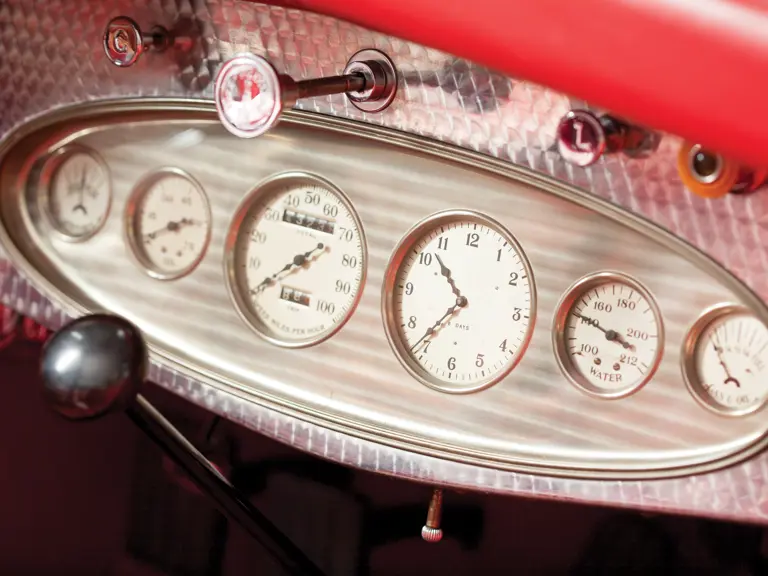
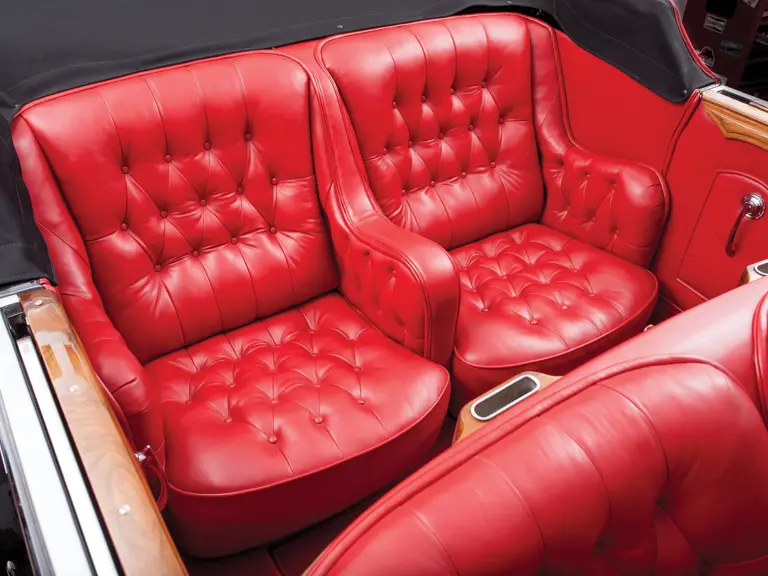
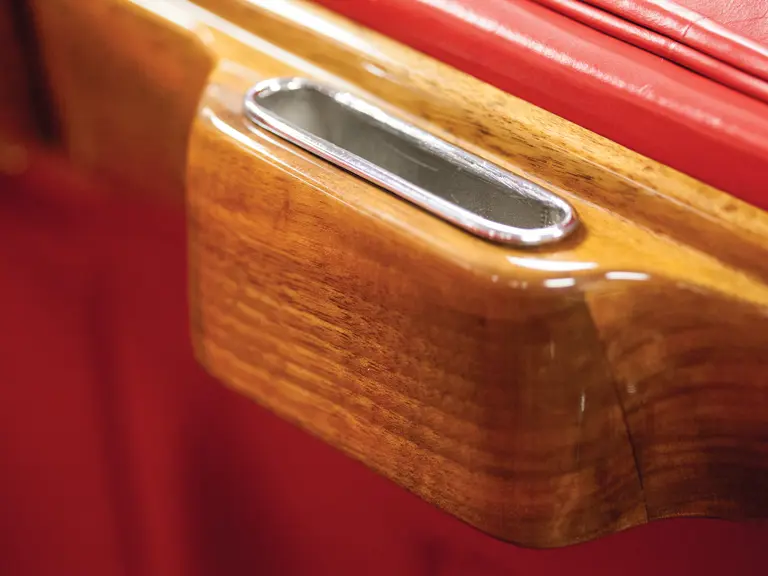
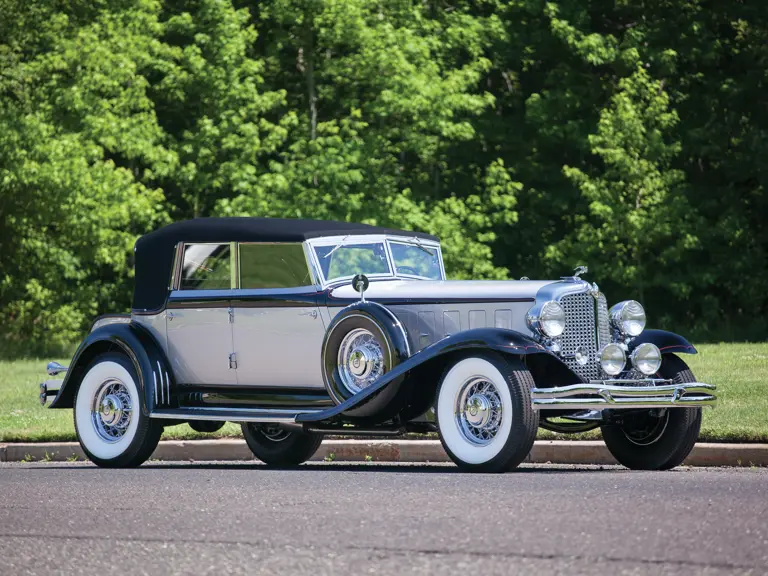
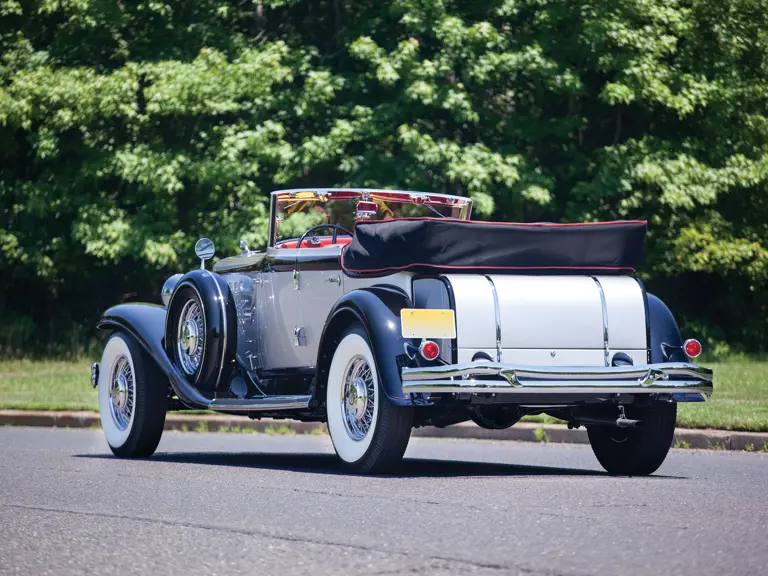
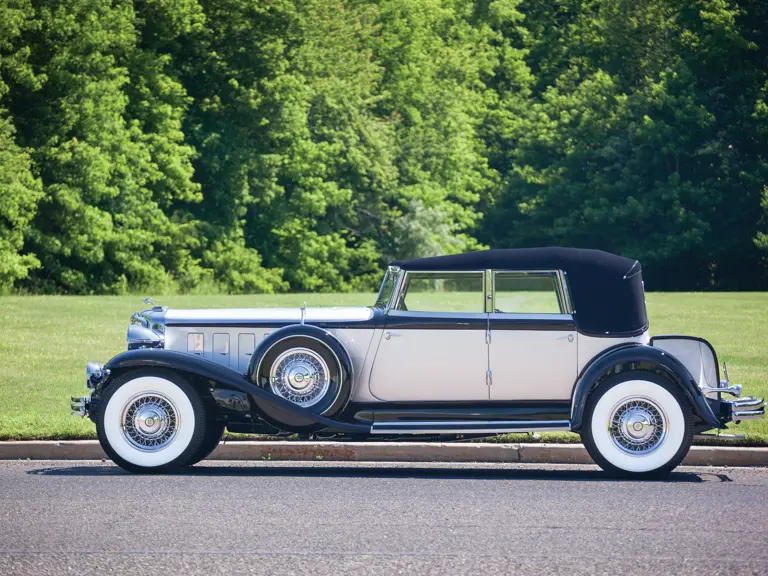
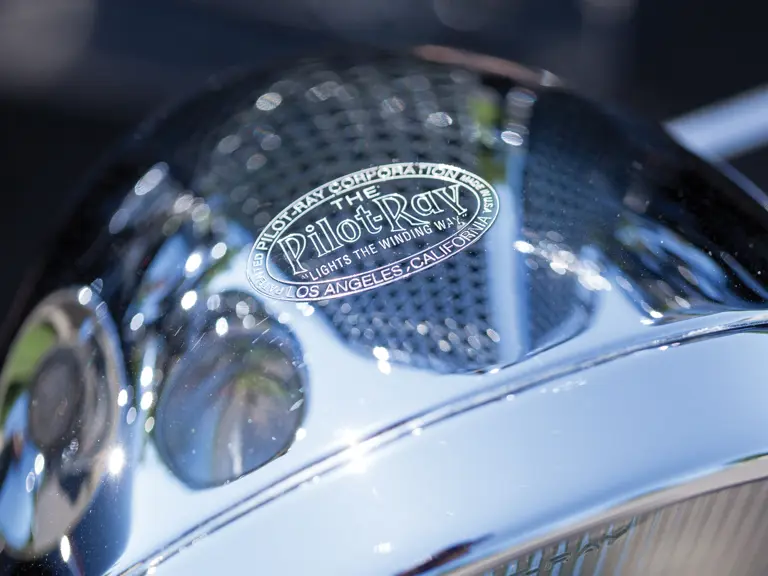
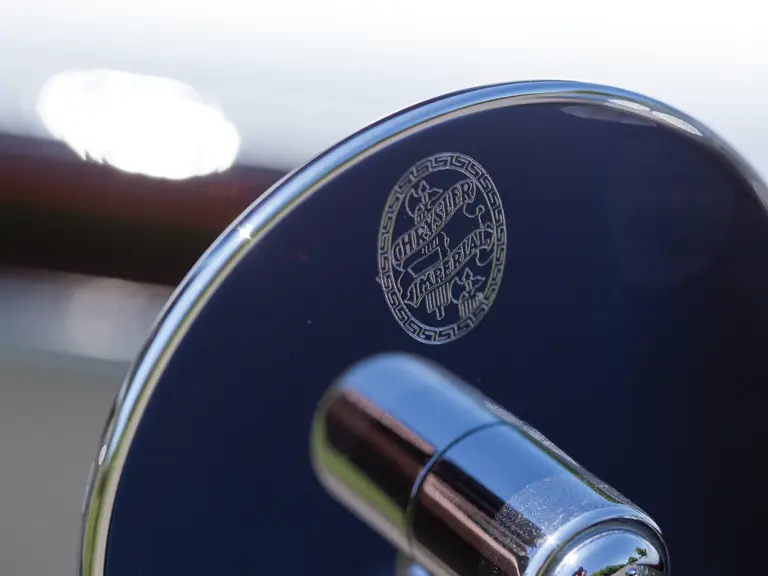
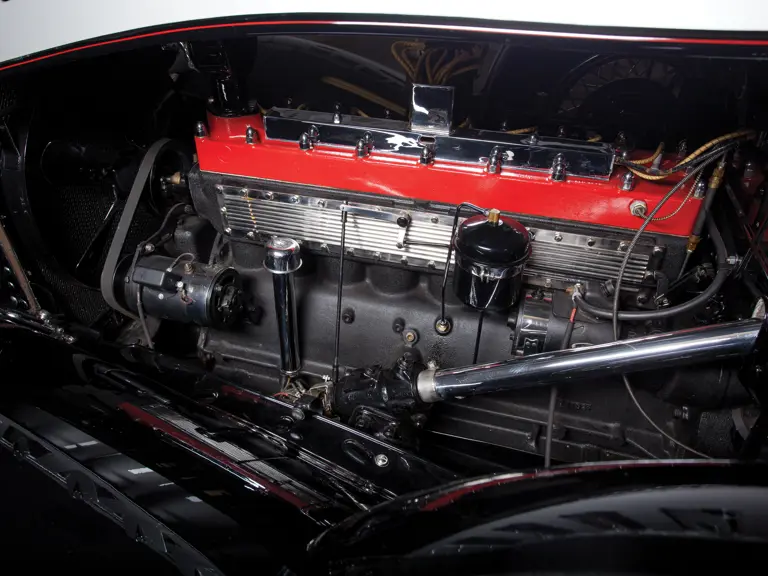
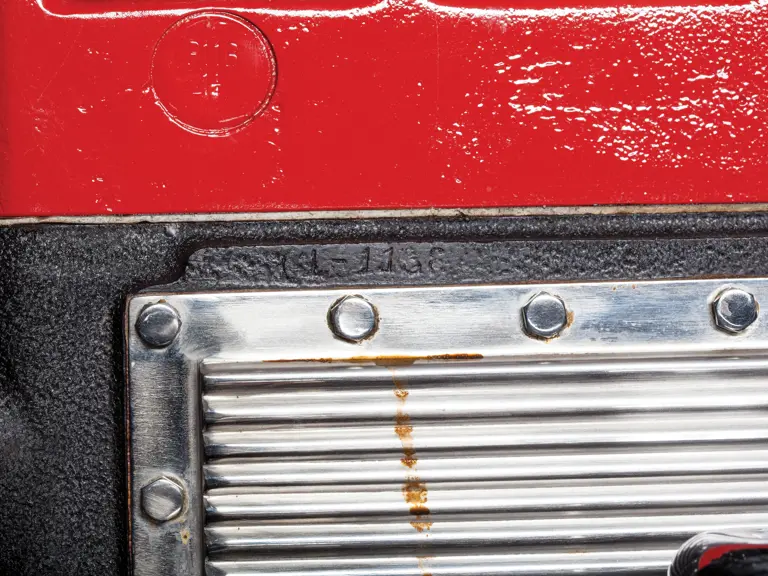
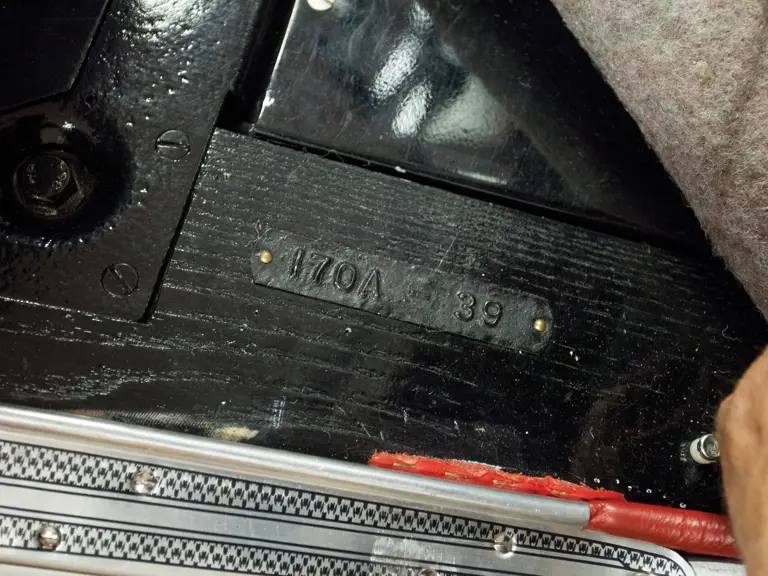
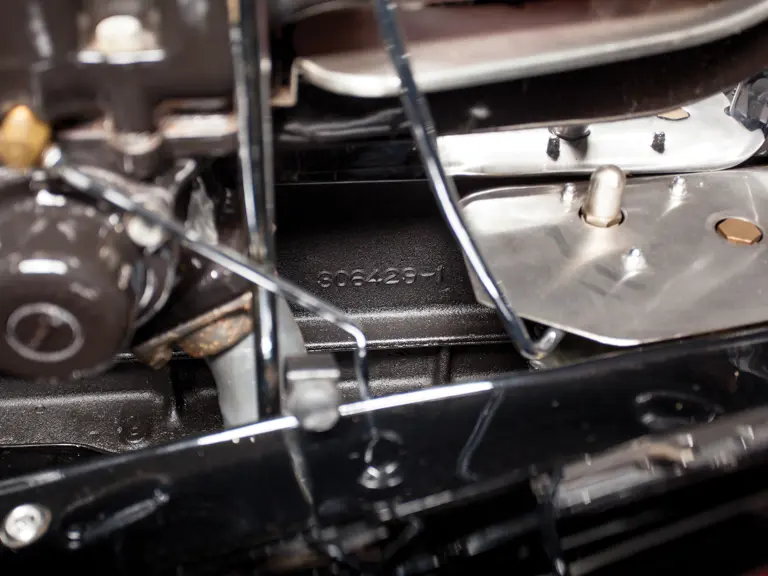
 | Monterey, California
| Monterey, California
